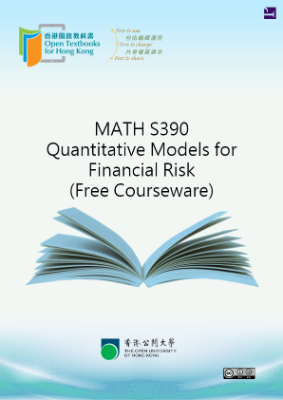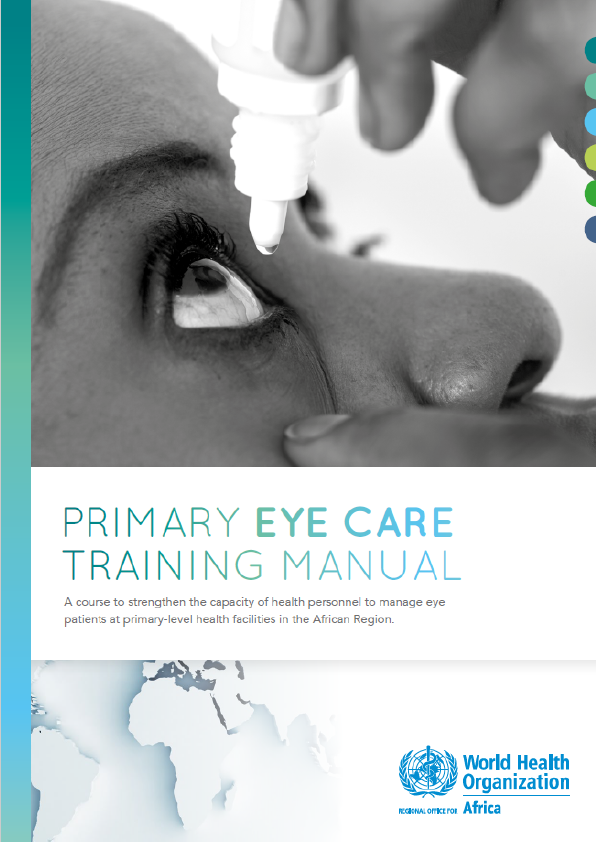Mathematical modelling of financial markets
In recent decades, the fields of financial mathematics and financial risk evaluation have undergone explosive development. Financial mathematics, broadly defined, is a class of applied mathematics devoted to modelling and analysing financial markets, and to aiding the management of financial resources. We focus on the analysis of financial derivatives; in particular, options for pricing and hedging.
An introduction to financial markets and mathematical concepts
Almost everyone knows about the Hong Kong, London, New York and Tokyo stock exchanges. In fact, the trading activity in these markets frequently hits the front pages of newspapers and is featured on television daily news broadcasts. Of course, there are many other financial markets. Each of these has a character determined by the type of financial objects being exchanged.
Before getting involved with the details of financial risk (Exposure to adverse financial changes. More generally, risk is due to the uncertainty of future prices and values) and the quantitative process, it is important to set the scene by explaining the concepts related to three broad types of financial instruments that differ from basic equities:
- derivatives;
- forward and futures contracts; and
- options.
Basic equities
Basic equities include cash, foreign currency, stocks, bonds, and money market or bank accounts. Equities are characterized by the following three basic properties:
- they have value in and of themselves
- they are traded in well-regulated, transparent markets (e.g. stock exchanges)
- they are comparable to commodities; examples include physical goods, typically raw or partially processed agricultural or mining products that are commercially traded. In fact, they are all commercial goods.
What is a derivative?
In finance, a derivative is a financial instrument whose value is derived from one or more underlying assets. The derivative itself is just a contract between two parties for future transactions exchanging cash and/or assets. It depends on the value of the transaction, the gain or loss to either party, and depends on the value of other underlying variables at the transaction time. We need to clearly spell out the underlying variables in the contract. The most common underlying assets include stocks, bonds, commodities, currencies, interest rates and market indexes. Examples of financial derivatives include futures, forwards, options and swaps. These financial instruments play an important and useful role in hedging (hedging means taking action to reduce or to protect against risk) and managing risk. For example:
- farmers can use derivatives to hedge against the risk of the price of their wheat falling before it has been harvested; and
- pension funds and insurance companies can use derivatives to hedge against large drops in the value of their portfolios.
Most derivatives are characterized by high leverage (a financial arrangement that has a multiplying effect on the profit (or loss) on an investment relative to change in value of the invested assets) — and this makes them risky. Thus, derivatives can pose dangers to the stability of financial markets and the overall economy.











